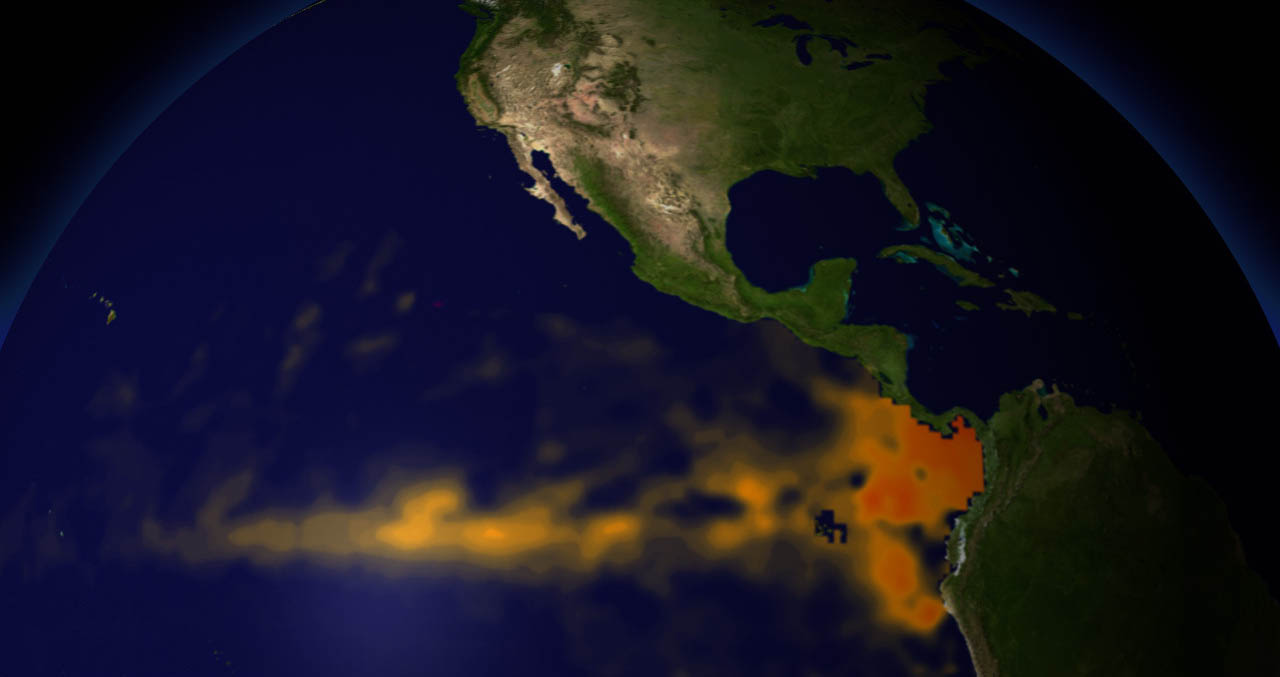Meteorologists in the both the United States and the United Kingdom agree that the developing El Niño in the eastern Pacific Ocean could end up being one of the strongest on record.
What is El Niño you might ask?
El Niño is a spanish term. Translated to English it can mean either “The Little Boy” or “Christ Child”, depending on how it is interpreted.
The name originated from fisherman in South America in the 17th century who noticed unusually warm waters during the winter months in the coastal waters, according to the National Oceanic and Atmospheric Administration.
Since its discovery, scientists have noticed that certain weather patterns develop across the northern hemisphere when El Niño is occurring.
A North American winter influenced by El Niño is typically characterized by warmth in the northwestern U.S. and central Canada, frequent storms in California, and cooler than normal temperatures across the Gulf Coast states.
The U.S. National Weather Service Climate Prediction Center predicts that with 95 percent certainty, the warmer than normal ocean temperatures in the Pacific will continue throughout the winter. Come winter, the phenomenon is expected to weaken.
The last time the United States experienced a very strong El Niño was during the winter of 1997-1998. All-time rainfall records were set in California and North Dakota during February. On the east coast, the nation’s capital — which averages 15.4″ of snow during winter — was warm and snowless, recording a grand total of 0.1″ of snow for the winter.
Even Hawaii can be impacted by the warm water temperature anomalies, as tropical systems, which are fueled by warm ocean temperatures, are able to maintain their strength closer to the island. Environmentally, Hawaii also has issues with coral bleaching when the water temperatures exceed a certain point.
Time reports that the British Met Office is predicting both 2015 and 2016 will end up being the hottest years ever recorded, thanks to The Little Boy.
It is not uncommon for El Niño to occur. Since 1950, 23 years have experienced El Niño influenced weather patterns. La Niña, the term used to describe the opposite of El Niño when the Pacific waters are cooler than normal, has occurred 20 times during the same time period.
Only 20 years in the past 65 have not experienced an El Niño or a La Niña.
























